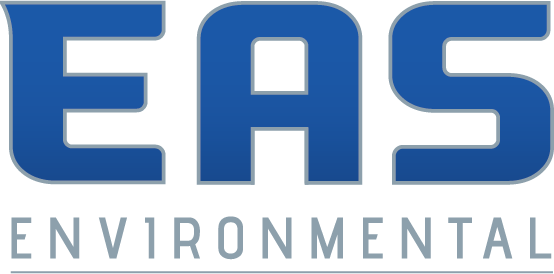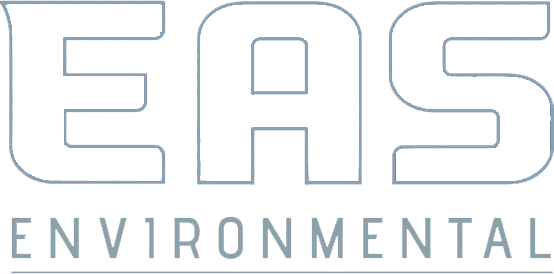Cement Wallboard
Materials with Asbestos: Cement Wallboard
Backer board is a mineral-based pre-fabricated wall unit that is typically 1/4-inch or 1/2-inch thick and three feet by five feet in length. It is available in a variety of sizes. It is composed of cement, water, silica, limestone flour, and fibers such as Kevlar or fiberglass, which provide improved tensile strength and durability. As a tile backing board, it is commonly made of a cement mixture with reinforcing fibers that has been molded into sheets of various thicknesses.
What is the purpose of cement boards?
Concrete boards are primarily used as tile backings, and they perform significantly better than paper-covered gypsum at this task due to their water resistance. Because tile is typically installed in areas that are subjected to water exposure, it is critical that the backing does not develop mold and mildew or disintegrate after exposure to the water is removed.
How do you identify the difference between cement board and drywall?
Drywall panels are designed to be installed between wall studs that are 16 inches or 24 inches apart. Because of the smaller dimensions of cement board, it is more difficult to install on large walls; however, cement board panels can be installed vertically in 3-foot wide showers or horizontally behind a standard 5-foot bathtub without difficulty.
When it comes to concrete board, what is the difference between it and cement board?
Cement is present in concrete, which is a material in and of itself. Cement, on the other hand, is more of a component, and it is commonly used to refer to Portland cement. In this educational essay, you will learn more about the differences between concrete and Portland cement. Concrete board isn't a term that's commonly heard these days.
Is it possible to use cement board for walls?
It can be used on a variety of surfaces, including floors and ceilings. Cement board is significantly heavier than drywall and may necessitate the use of two individuals to lift and install. Cutting is also more difficult due to the fact that it is mostly composed of cement.
Is it necessary to waterproof cement board walls?
When exposed to moisture, the majority of backerboards currently on the market will not disintegrate and are water-resistant to a certain extent, but they are not waterproof. On porous materials, such as wood or metal studs, a barrier or sealer must be applied to prevent moisture from seeping through to the wood or metal studs beneath the tile.
Contact EAS Environmental Today!
EAS Environmental will do everything we can to ensure your experience with us is excellent.

